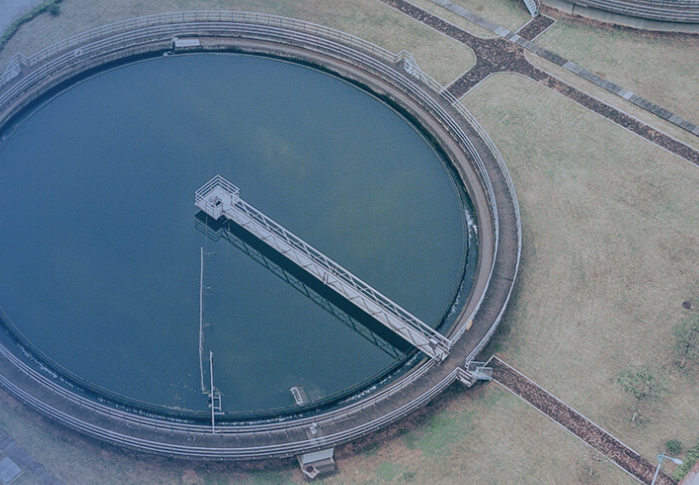Depth filters play a crucial role in many industrial, pharmaceutical, and water treatment applications by trapping contaminants throughout the entire depth of the filter media. Like any filtration system, they require regular maintenance and timely replacement to ensure optimal performance, consistent output quality, and extended equipment life.
In this article, we’ll explore what depth filters are, signs they need maintenance or replacement, how to maintain them effectively, and best practices for safe and efficient filter replacement.
What Is a Depth Filter?
A depth filter is a type of filtration device that captures contaminants within the matrix or thickness of the filter media. Unlike surface filters that only trap particles on the outer surface, depth filters remove contaminants throughout the entire cross-section of the material.
Common Media Used:
- Cellulose
- Polypropylene
- Fiberglass
- Cotton
Applications:
- Water purification
- Food & beverage industry
- Pharmaceutical processing
- Chemical manufacturing
- Oil & gas filtration
Importance of Depth Filter Maintenance
Proper maintenance of depth filters is essential to:
- Maintain filtration efficiency
- Prevent pressure drops in systems
- Extend filter life
- Ensure compliance with industry regulations
- Protect downstream equipment
Failing to maintain depth filters can lead to contamination, decreased process efficiency, and increased operational costs.
Signs a Depth Filter Needs Maintenance or Replacement
Recognizing the early warning signs helps in avoiding costly system failures. Here are key indicators:
- Increased Differential Pressure
A rising pressure drop across the filter often indicates clogging or saturation of the media. - Reduced Flow Rate
Lower-than-normal flow rates can signal that the filter is nearing the end of its service life. - Change in Product Quality
Any deviation in product clarity or purity could be caused by compromised filter efficiency. - Scheduled Time-Based Replacement
Some operations replace filters based on time intervals or operational hours, even if the filter hasn’t failed yet. - Visual or Instrumental Monitoring
Some systems are equipped with sensors or manual gauges to detect filter status.
Depth Filter Maintenance Best Practices
1. Follow Manufacturer Guidelines
Always refer to the manufacturer’s maintenance instructions regarding cleaning cycles and replacement frequency.
2. Monitor Pressure Drops
Install differential pressure gauges to track the condition of filters in real-time.
3. Use Pre-Filters
Implementing a coarse pre-filter can help protect depth filters from large particles, thereby increasing lifespan.
4. Routine Cleaning (if applicable)
In some reusable filter systems, cleaning might be an option. Use compatible cleaning solutions that don’t degrade the media.
5. Keep Spare Filters Ready
Maintain a stock of compatible replacement filters to avoid unplanned downtime during change-outs.
6. Train Operators
Ensure that operators understand how to recognize performance issues and replace filters safely and correctly.
How to Replace a Depth Filter
While procedures may vary based on system design, here’s a general step-by-step guide:
Step 1: Shut Down the System
Turn off the filtration system and relieve system pressure before attempting any maintenance.
Step 2: Wear Protective Equipment
Use gloves, goggles, and other safety gear as required, especially if handling hazardous fluids.
Step 3: Open Filter Housing
Carefully unseal the filter housing using proper tools, following all manufacturer safety precautions.
Step 4: Remove the Used Filter
Gently remove the saturated filter element. Be cautious of any residual pressure or trapped fluids.
Step 5: Inspect the Housing
Clean the housing interior with an approved cleaning solution to remove any buildup, residue, or biofilm.
Step 6: Install the New Filter
Insert the new depth filter, ensuring it’s seated properly to avoid bypass or leakage.
Step 7: Reassemble and Test
Close the housing securely, restart the system, and check for leaks or abnormal readings.
Frequency of Depth Filter Replacement
There is no one-size-fits-all answer, but replacement typically depends on:
- Filter size and material
- Fluid properties (viscosity, particulate load)
- Operating pressure and flow rate
- Compliance and safety regulations
- Manufacturer recommendations
In high-demand operations, filters might require replacement daily or weekly. In low-load applications, they may last weeks to months.
Common Mistakes to Avoid
- Delaying replacement beyond pressure limits
- Installing the wrong type or size of filter
- Ignoring differential pressure readings
- Reusing disposable filters
- Skipping housing inspection during replacement
Conclusion
Maintaining and replacing depth filters on time is vital for efficient operation, product quality, and system longevity. By monitoring performance metrics, adhering to recommended procedures, and conducting regular inspections, operators can maximize the value of their filtration systems.
Whether you’re operating a water treatment plant, a biotech lab, or a manufacturing facility, a proactive depth filter maintenance strategy saves money, reduces downtime, and protects your process.


